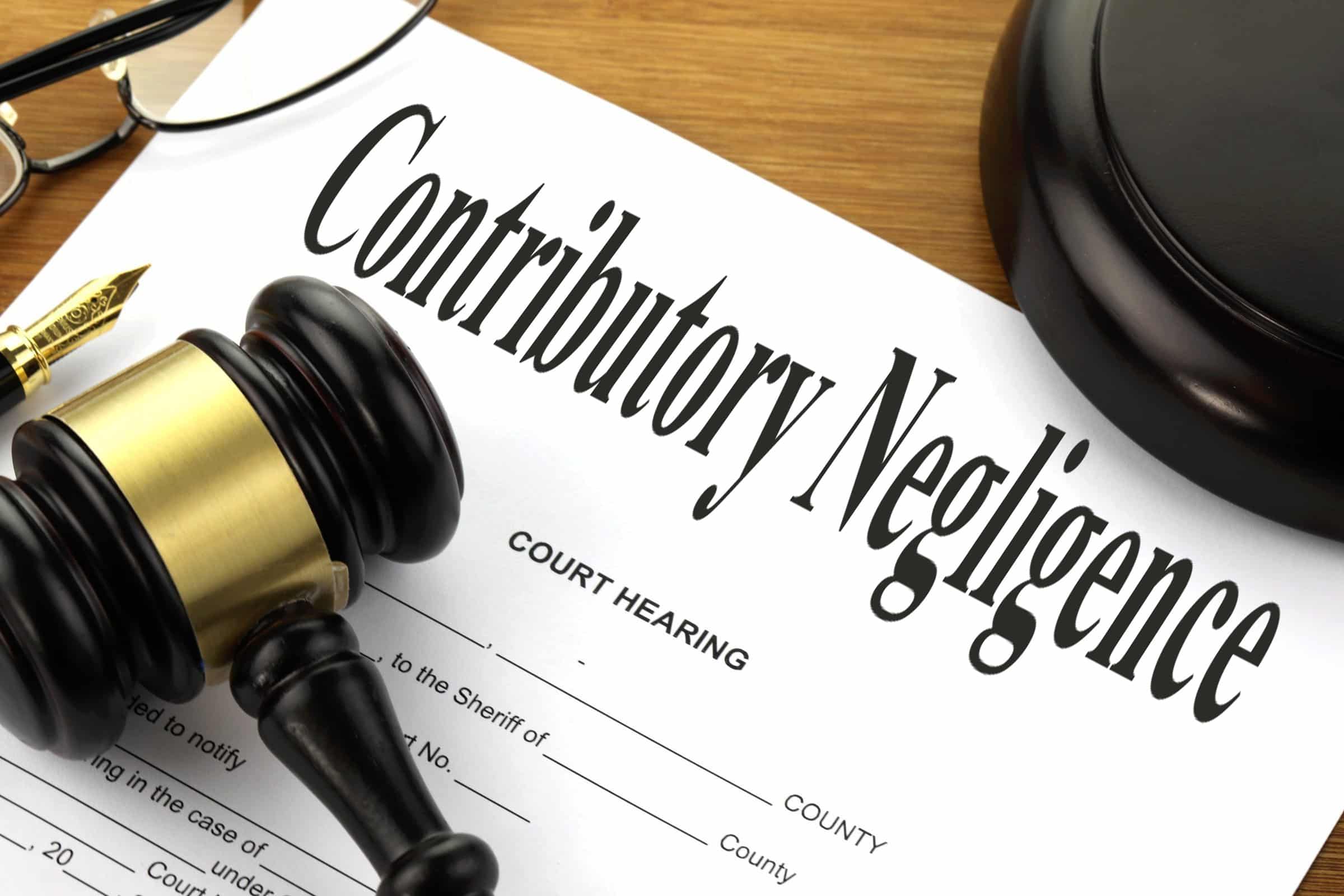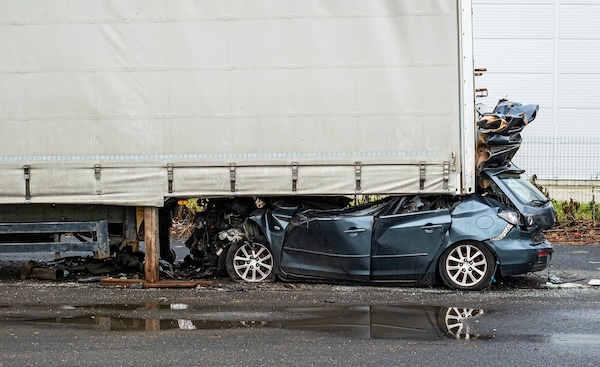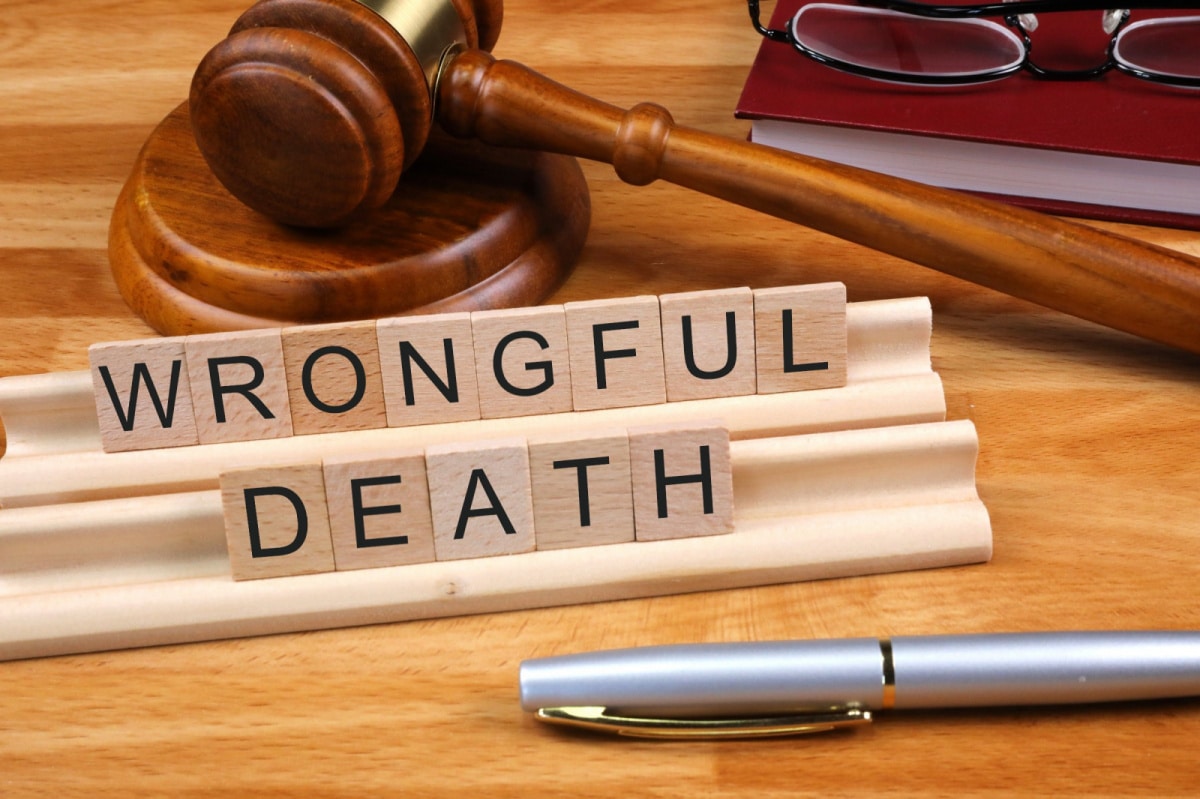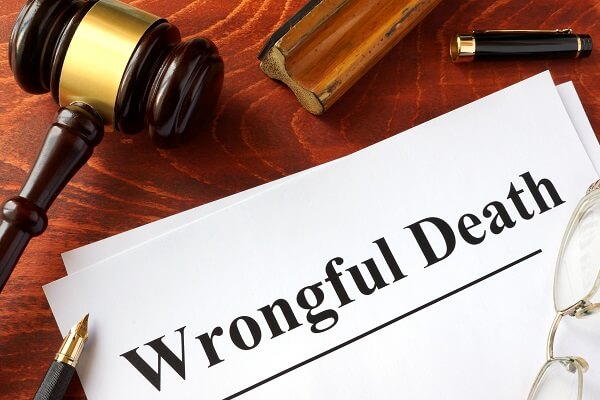
Contributory negligence is a legal doctrine that can bar plaintiffs from recovering any compensation if they are found to be even partially at fault for their own injuries. Under contributory negligence, if the plaintiff’s actions contributed to the accident or harm in any way—no matter how minor—they may be prevented from receiving damages altogether. This strict rule, which only applies in a few states, is known for its potential to significantly limit plaintiffs’ recovery in personal injury cases. At 770GoodLaw, we work to minimize our clients’ perceived fault in contributory negligence cases, advocating for fair outcomes and exploring all possible avenues for compensation.
How Contributory Negligence Affects Personal Injury Claims
In states that apply contributory negligence, plaintiffs can be entirely barred from recovering compensation if they are found even 1% at fault. Key impacts of contributory negligence include:
- Complete Bar to Recovery: Even minimal fault on the part of the plaintiff can lead to a total denial of damages, regardless of the defendant’s level of negligence.
- Increased Burden of Proof: Plaintiffs must prove that they bear no responsibility for the incident, a standard that can be challenging to meet in cases with complex circumstances or multiple parties involved.
- Potential for Defense Tactics: Defendants often use contributory negligence as a defense, arguing that the plaintiff’s actions contributed to the injury to avoid liability entirely.
States That Follow Contributory Negligence
Contributory negligence is applied in only a few states, including:
- Alabama
- Maryland
- North Carolina
- Virginia
- Washington, D.C.
Most states have adopted comparative negligence instead, which allows plaintiffs to recover damages even if they share some fault. However, contributory negligence remains a strict standard in these states, often leading to more contentious litigation.
Examples of Contributory Negligence in Action
Contributory negligence can arise in various situations where plaintiffs may have contributed in some way to their own injuries. Examples include:
- Car Accidents: If a driver involved in an accident was speeding or failed to signal a turn, they may be considered partially at fault, potentially barring them from recovery.
- Slip and Fall Accidents: A customer who trips on a wet floor while distracted by their phone might be seen as partly responsible for their injury, affecting their ability to recover damages.
- Pedestrian Accidents: If a pedestrian crosses the street outside a designated crosswalk and is hit by a vehicle, contributory negligence may prevent them from receiving compensation.
Defending Against Contributory Negligence Claims
Because contributory negligence can completely bar recovery, defendants frequently raise it as a defense. To counter contributory negligence claims, plaintiffs can:
- Present Evidence of Defendant’s Fault: Demonstrating that the defendant’s actions were the primary cause of the incident can help reduce the perception of the plaintiff’s fault.
- Document Compliance with Safety Standards: Showing that the plaintiff followed safety measures or precautions can counter arguments that they contributed to their own injuries.
- Use Expert Testimony: Experts can help clarify the defendant’s role in causing the injury, reducing the impact of contributory negligence claims.
- Highlight Discrepancies in the Defendant’s Story: Identifying inconsistencies in the defendant’s account can strengthen the plaintiff’s case by undermining claims of contributory negligence.
How 770GoodLaw Assists Clients with Contributory Negligence Cases
At 770GoodLaw, we understand the challenges posed by contributory negligence and work to protect our clients’ rights by minimizing their perceived fault. Our attorneys provide dedicated support, from gathering evidence to countering contributory negligence claims effectively. Our approach includes:
- Thoroughly Investigating the Incident: We collect all available evidence, including witness statements, accident reports, and photographs, to build a strong case that minimizes the plaintiff’s fault.
- Using Expert Testimony: Our team collaborates with experts who can provide testimony that supports the plaintiff’s claim and establishes the defendant’s primary responsibility.
- Challenging Contributory Negligence Defenses: We counter defense tactics that attempt to assign fault to the plaintiff, emphasizing the defendant’s role in causing the injury.
- Seeking Alternative Avenues for Compensation: If contributory negligence could impact recovery, we explore other legal avenues or claims to maximize our clients’ chances of receiving compensation.
Importance of Legal Representation in Contributory Negligence Cases
Navigating contributory negligence cases requires a thorough understanding of legal standards, effective use of evidence, and strategic defense against fault claims. Skilled legal representation helps plaintiffs minimize their perceived fault, maximizing their chances of fair compensation. At 770GoodLaw, we provide experienced support for clients in contributory negligence states, guiding them through each step of the legal process.
Why Choose 770GoodLaw for Contributory Negligence Claims
Our commitment to Relentless Reliability and Sincetegrity drives us to provide comprehensive, client-centered support in contributory negligence cases. At 770GoodLaw, we work tirelessly to minimize our clients’ fault and secure the compensation they deserve.





